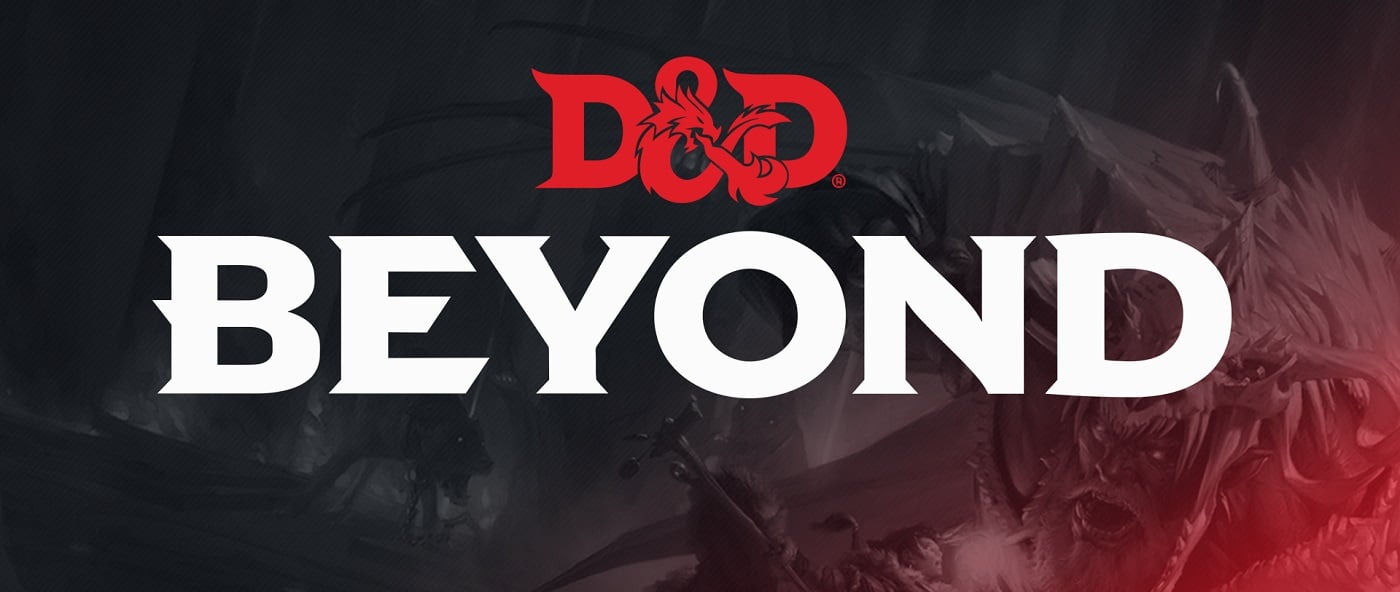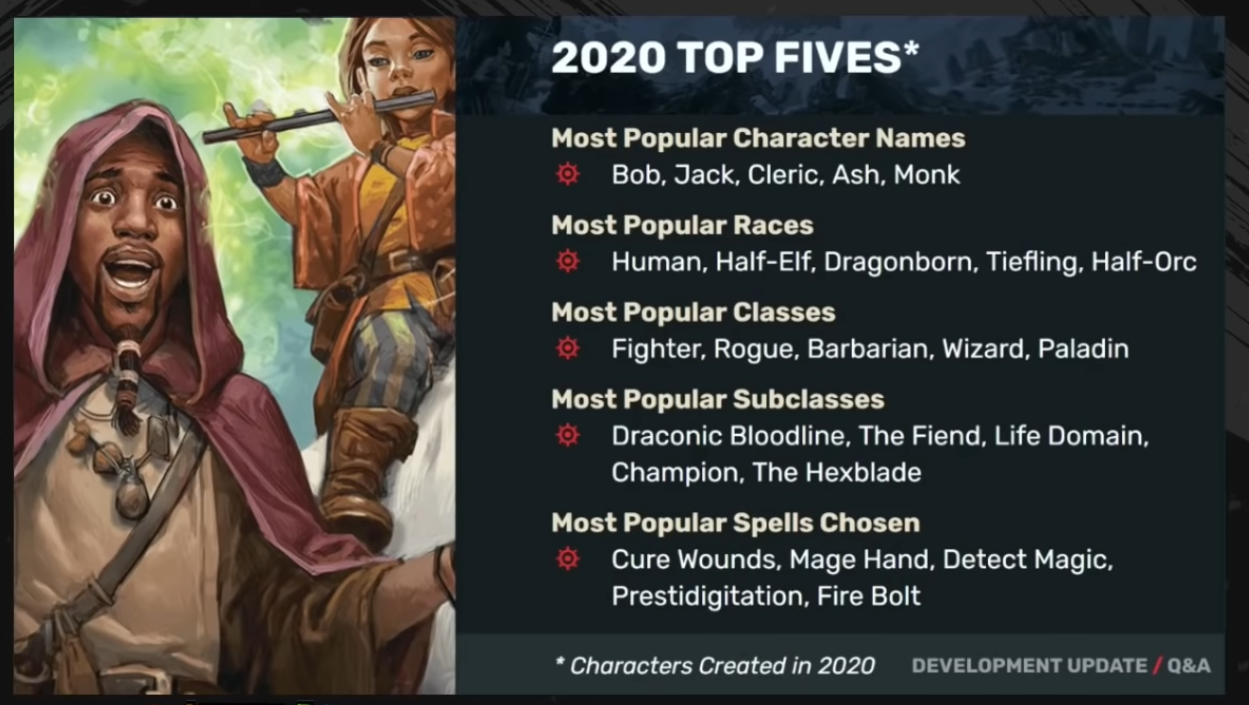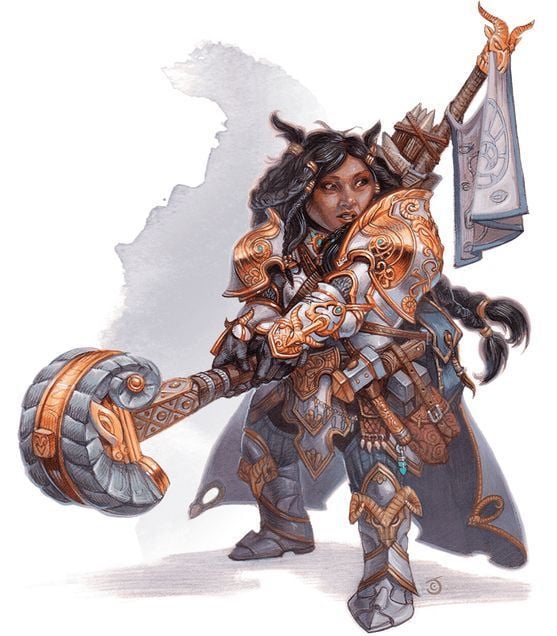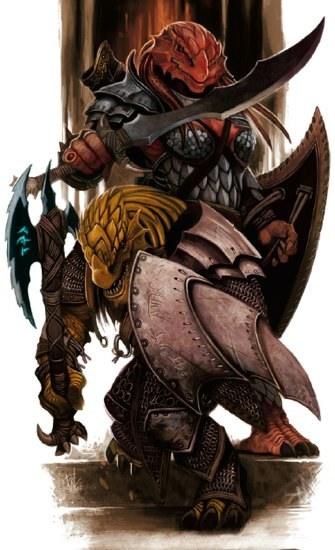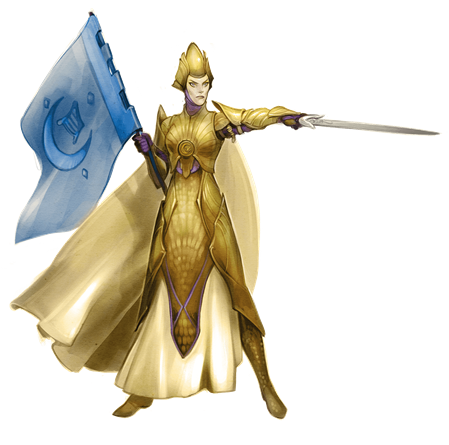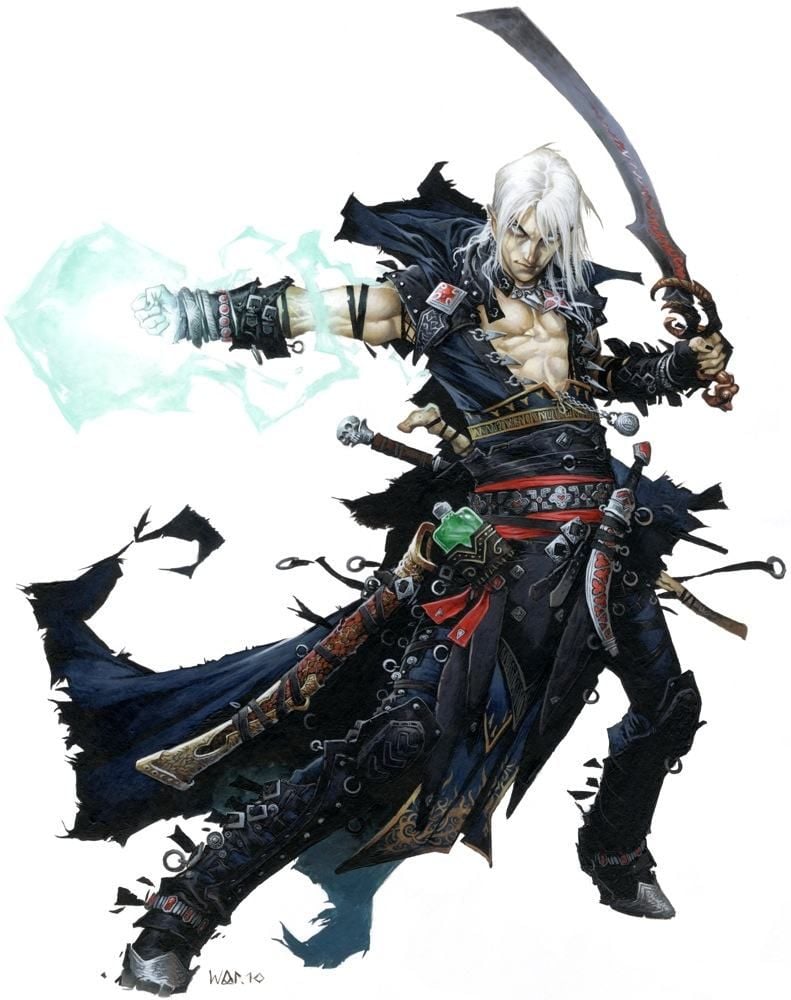D&D: Fighters, Dragonborns, And More – Most Popular Of 2020
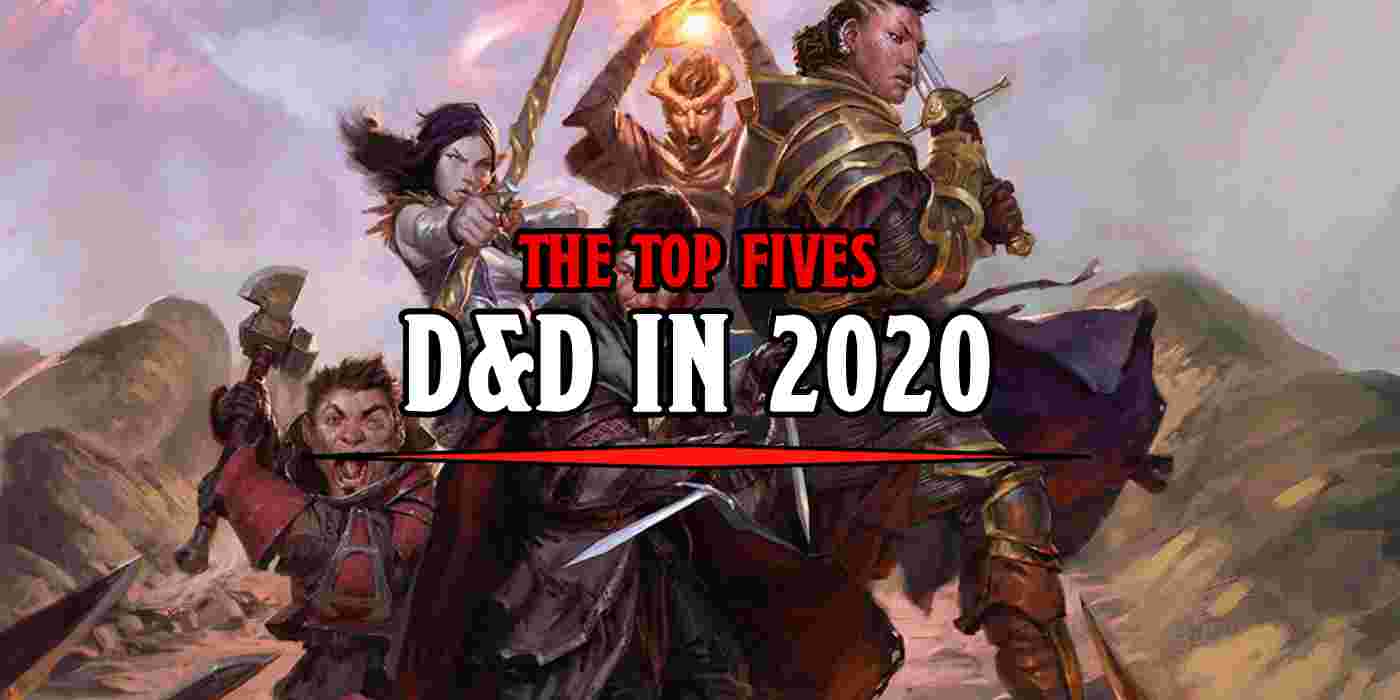
Seems like everyone played a character named Cleric last year, according to the latest data from D&D Beyond. Find out what was popular in 2020.
Ever wonder what everyone else gets up to when they play D&D? With millions of players around the world, there’s no shortage of characters, but D&D Beyond is here to talk about what people were playing in 2020.
Just a couple of things to clarify, all this data comes from active characters on D&D Beyond in 2020, which isn’t everyone, but with more than thirty million characters to pull data from, this gives us a pretty good idea of what the community at large is playing. We’ll get to see what the most popular races, classes, subclasses, and spells were–but we also get a look at most popular character names, which is a surprising data point to have.
Just goes to show, group minds think alike. Let’s take a look and see if any of your characters were in the top fives.
First up, the most popular character names. It’s kind of astounding to see that there were enough characters with overlapping names to show up in the first place, especially when pulled from the millions of characters, but there you go. Lots of Bobs, Jacks, and Ashes. Cleric and Monk I suppose are generic names given to maybe helper NPCs, if you need a Cleric sidekick or something, that might be reason enough.
Humans remain the most popular race, though who knows, perhaps that will change with the release of Tasha’s Cauldron of Everything. I doubt it, because most of those are the Variant Human build and getting a Feat at 1st level is a huge advantage. But what’s more interesting are the next four: Half-Elf, Dragonborn, Tiefling, and Half-Orc. It goes to show that people’s idea of Fantasy adventurers is a bit different. A little more monstrous in the best way.
Similarly unsurprising, Fighter remains the most popular new class. It’s generally either Fighter or Warlock because those two classes are very straightforward and very powerful. They do exactly what they set out to do and let you add some fun embellishments with whatever subclass you pick, but there’s no comparing how easy they are to play compared to something like Sorcerer or Wizard.
But the number of Rogues (2nd most popular), as well as the popularity of Barbarians and Paladins is heartening to see. It feels like Melee is making a comeback with the new books, so we’ll see how the community shapes over the coming year.
When it comes to subclasses, it’s even more interesting because the subclasses don’t line up with the classes. Two of the most popular subclasses belong to Warlocks, one is a Fighter, one a Cleric, and one a Sorcerer. But I suppose that means that these are the subclasses that dominate in their associated class, while the others provide enough variety to not have a clear favorite.
Finally when we get back to most popular spells, it’s Cure Wounds. It’s always Cure Wounds. That’s the most popular spell in 5E six years running now. It’s the spell everyone thinks they need, even though if you’re healing in combat you’re doing it wrong. But it’s hard to go against decades of both D&D and Video Games telling you that you need healing in your party at all times. 4th Edition taught that all you need is to do enough damage and you never have to worry about it, and it’s the real truth. Make lots of attacks, do lots of damage, that’s the key to success in 5E.
But, aside from that Mage Hand is also popular, and I don’t wonder if Critical Role has a critical role in how popular it’s become. Both Nott and Caleb have made use of Mage Hand to do a lot of things this last year–and the show has influence. Who are we to argue..
Anyway, that’s 2020 in D&D. How do you measure up? Let us know in the comments!

